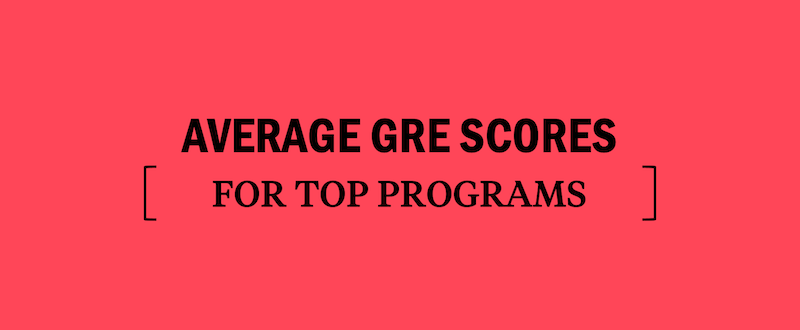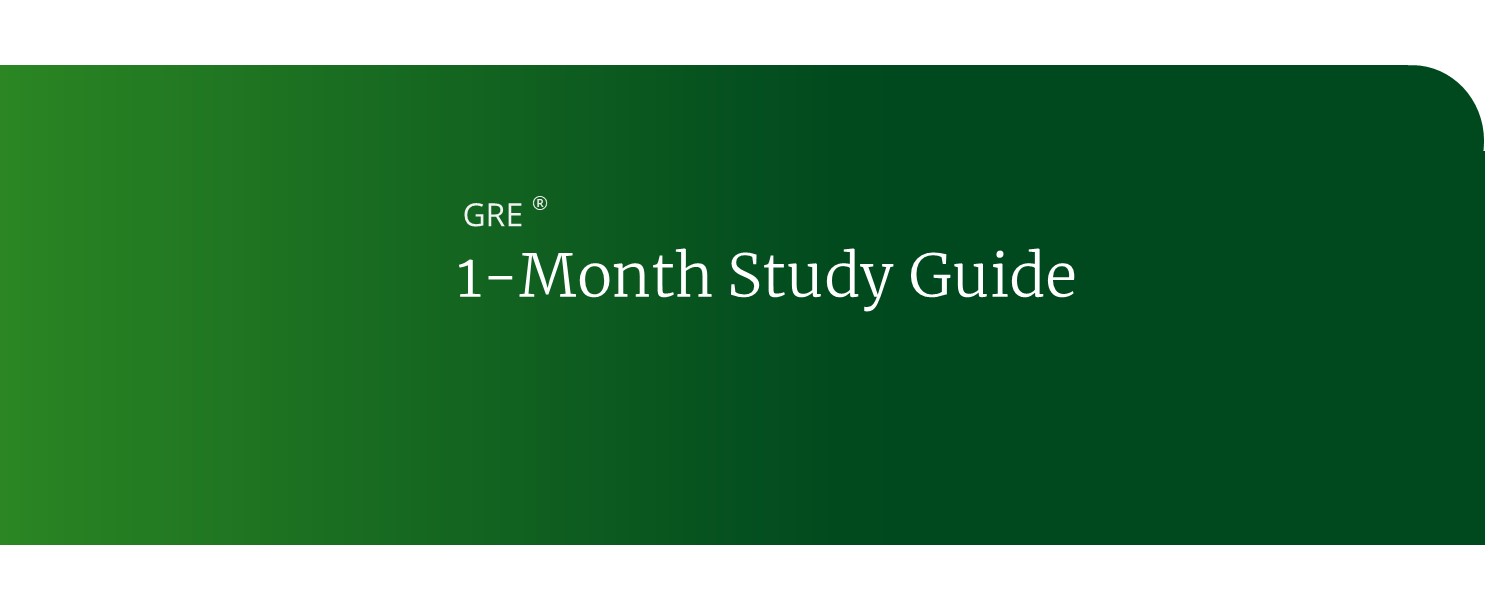Reading Comprehension: Structure of Ideas on the GRE
GRE Reading Comprehension tests you ability to read a passage carefully, and no question type will test you ability to read closely more than the Structure of Ideas prompts on the test. On these questions, you will have to identify a passage’s main idea and understand how the passage is laid out, structurally. Although this sounds simple, the test-makers will throw in confusing “asides” and extraneous details to trick you. The key to master GRE Reading Comprehension, then, is plenty of test prep.
To ace Structure of Ideas questions in general, you will need to look at 1) transition words/phrase, and 2) topic sentences. These two things will give you the biggest clues as to how the ideas of the passage are put together. Let’s look at a sample paragraph with the important transitions and topic sentences highlighted:
Notice how even just skimming for these structural phrases gives us big clues into how the argument is laid out. The first sentence introduces the topic: a “subject of contention.” The second paragraph explains that view, then reveals flaws in the first theory. The third paragraph introduces a secondary viewpoint, and ultimately gives evidence in support of it. We can tell all of that even without focusing on the details! Always identify transition words and read for structure. It’s a way to avoid getting lost in the sometimes confusing details of GRE passages.
Practice Passage
For now, though, let’s examine a sample reading passage for its Structure of Ideas:
What’s the main point being made in the paragraph above? The first sentence (“The criticism of art requires…the ability to separate one’s own taste from one’s intellectual evaluation of the work”) is an important clue, as many first sentences for short passages will be. The important thing is to check if this idea remains constant throughout the passage. We see that the critic cannot be “swayed by subjective factors” and that she must be “able to judge the art with an unbiased eye” and even gain professional training to help her understand important aspects of art history. The main idea is staying the same, so let’s move to the end of the passage. With the proper training in hand, the critic can, according to this passage, effectively critique a work of art without interjecting her own personal opinions.
Beware
Don’t rely on the first sentence to always give you the passage’s Structure of Ideas.
Practice Question
Now, try out this Structure of Ideas question for the previous reading passage:
The correct answer is A) The complete removal of one’s own taste from an intellectual evaluation of the work for the reasons stated above. The others can’t be correct because: there’s no mention of benefiting from a visceral response to the work; nothing about observing the art piece for a long period of time, nor needing other critics to tell one what to think about the art.
Structure of Ideas questions on the GRE Verbal section can be confusing, but with practice you’ll be able to answer these questions easily.



